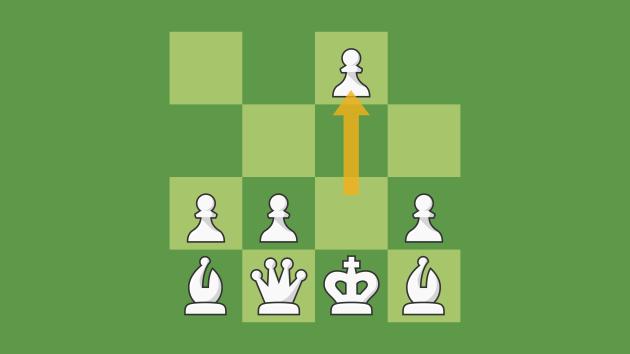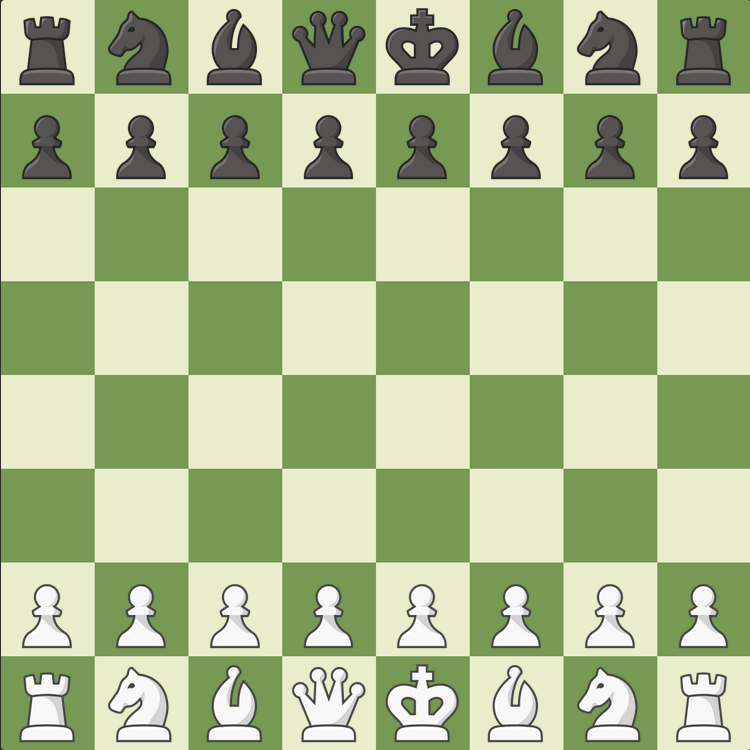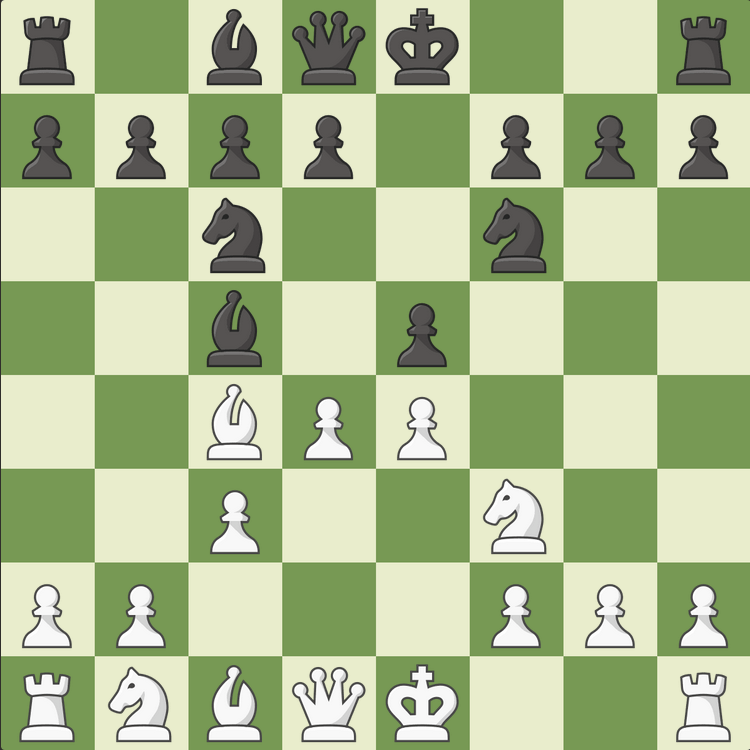
Chess Openings
How many chess openings are there? The answer is... a lot. But what exactly is the opening? Why is it important? How can you learn more about the opening? What are the best chess openings?
Read on to learn the answers to these questions and more.
What Is The Opening?
The opening is the first phase of a chess game, starting from the very first move. The opening is followed by the middlegame and then the endgame. When the opening ends and the middlegame begins is a subjective question that depends on the flow of each game.

Generally, the goal for both players in the opening is to develop the pieces, control the center, and get the king safe.
Why Is The Opening Important?
When a game begins, the chessboard is a blank slate. The opening determines what kind of game will ensue. Will the position be open or closed? What strategies will each player pursue? The opening answers these questions and more.

The opening is also the most theoretically developed part of chess. Some new forms of chess, such as Chess960, have even been invented specifically to decrease the importance of memorizing lots of opening moves!
Take the following position, which comes after 20 moves of a so-called Najdorf Sicilian. It has happened 15 times in the Chess.com database—even though far more positions are possible after 20 moves than there have ever been chess games played! That is how developed some openings have become.

Theory is the term for opening moves that have been played before and are known to chess players as good to play. These moves are known as book moves.
On the individual level, the opening becomes more important as a player gets better. Beginners make too many elementary mistakes, such as hanging pieces, for their specific opening choices to matter very much. On the other extreme, world championship contenders must know their openings extremely well, or they risk having a lost position very early in the game.
For example, consider the above position again. No beginner or even intermediate player needs to know how to get here at all, while a top grandmaster who plays 1.e4 might have to know this entire variation!

How To Study Openings?
Because openings all start from the same position and are easily categorizable, there are many published resources for learning more about them. Any bookstore, online or physical, with a chess section will have several books available on specific openings.
These openings are given names based on people, places, or descriptions of the actual moves (and occasionally other things). Our Openings page here on Chess.com has detailed information on dozens of the most popular of these chess openings—which are often the best ones, hence their popularity—such as the:
- Queen's Gambit
- King's Gambit
- Ruy Lopez
- Sicilian Defense
- Nimzo-Indian Defense
- King's Indian Defense
- Caro-Kann Defense
- French Defense
- and countless more!

Another great resource for learning about openings is Chessable.

Conclusion
Now you know what the opening is, why it's important, where you can learn more about it, and more.
To learn openings even more, head over to Chess.com/Openings or Chess.com/Explorer. And let us know your favorite openings in the comments!







